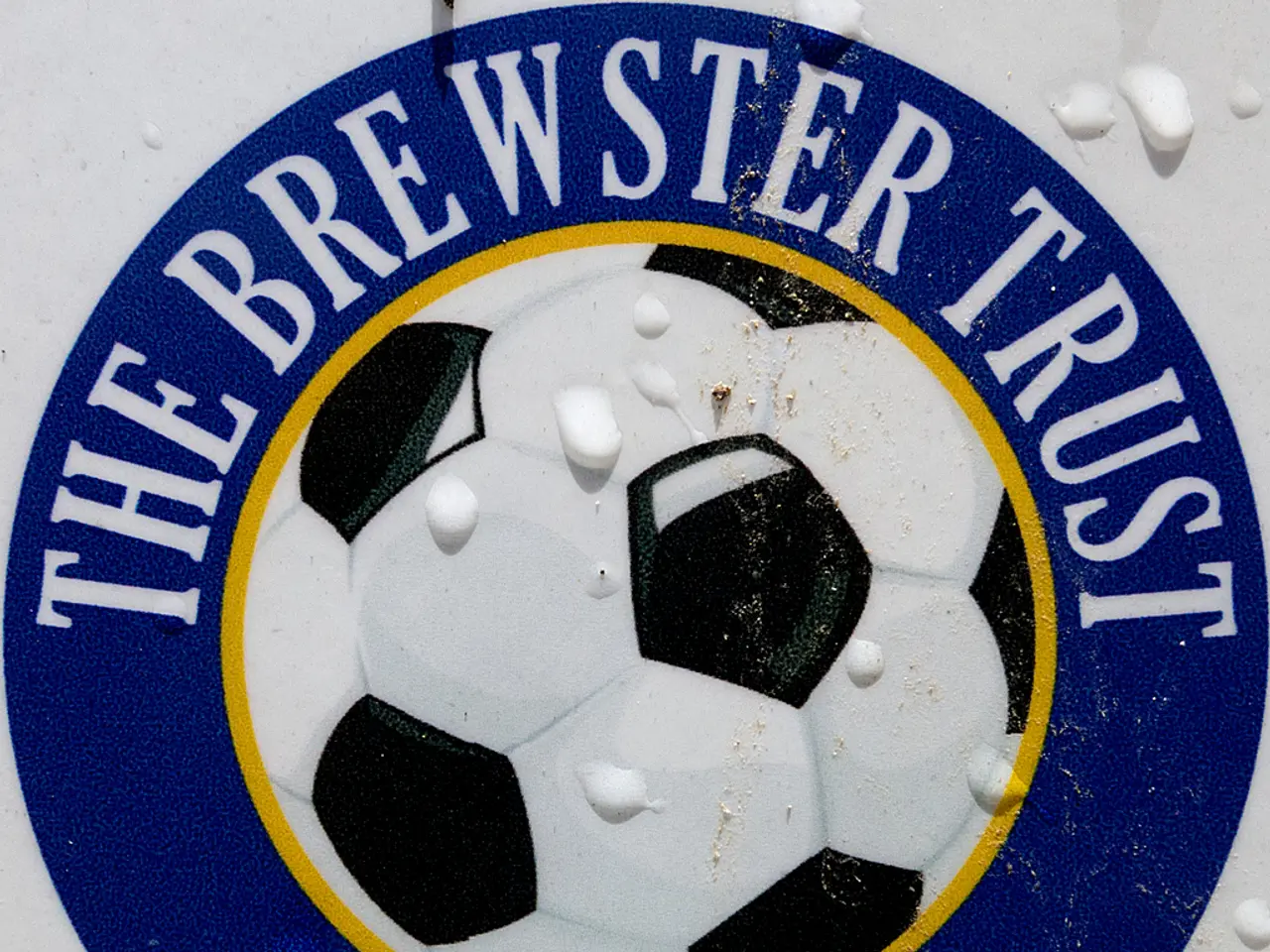Energy Efficiency Regulations, Evaluation Ratings, and Marking Schemes
In today's world, energy efficiency is a crucial aspect of sustainable living. Governments, industries, and individuals alike are striving to reduce energy consumption and lower carbon emissions. One effective way to achieve this goal is through the use of energy efficiency labeling systems for buildings and appliances. Here's a rundown of some key systems around the globe.
Europe
The European Product Database for Energy Labelling (EPREL) was introduced in 2019, serving as a database for registering electrical appliances sold in the EU. However, there is no specific regional standard mentioned in the text for buildings in Europe. Energy Performance Certificates (EPCs) are used for private properties, providing registered information about a building's performance, emissions, and efficiency improvements. EPCs are part of the EU Building Directive and apply to both the EU and the UK.
United Kingdom
In the UK, Display Energy Certificates (DECs) are required for public buildings to improve energy efficiency. The UK also has its own energy performance certification system, the Energy Performance Certificate (EPC), which is similar to the EU's EPC. Guides for understanding energy ratings and energy-efficient appliances, including choosing the right fridge or freezer, are available from British renewable energy company Ovoenergy.
Ireland
In the Republic of Ireland, a Building Energy Rating Certificate (BER) is required when selling or renting out a dwelling. A table of cost-savings for higher ratings can be found on the Sustainable Energy Authority of Ireland's website.
South Africa
Property owners in South Africa must have their properties assessed and meet D-rating standards by 2023, according to the South African Accreditation System (SANAS). The scale ranges from A (most efficient) to G.
United States
Energy Efficiency Ratio (EER) and Seasonal Energy Efficiency Ratio (SEER) are measurements for cooling and air conditioning units in the United States. ENERGY STAR is a prominent voluntary labeling system primarily in the U.S. and Canada to identify the most energy-efficient appliances and buildings. Its Portfolio Manager tool benchmarks energy use for over 80 building types and assists compliance with local energy disclosure laws.
Japan
Japan's Energy Saving Label Program features a two-part system for most household electronics, including a mandatory 5-star rating and a voluntary green or red 'e' mark showing whether the product meets standards.
Chile
Chile's Chilean Law on Energy Efficiency (CLEE) is still in the process of finalisation and is expected to require buildings to perform mandatory checks on efficiency and emission levels, with tenants or landlords needing to retain certificates to prove it.
Australia
The Nationwide House Energy Rating Scheme (NatHERS) in Australia is based on the Residential Efficiency Scorecard from Victoria and awards stars based on energy usage for heating or cooling to a comfortable occupancy temperature. Australia and New Zealand have created an integrated Equipment Energy Efficiency (E3) programme for efficiency standards and labelling for equipment and appliances. The EECA (Energy Efficiency and Conservation Authority) in Australia and New Zealand has guides for rating appliances and assessing heat pumps and air-conditioning units.
Passivhaus and EnerPHit
Passivhaus is a stringent German-origin standard focusing on ultra-low energy buildings, typically new constructions with very high insulation, airtightness, and energy recovery ventilation. EnerPHit is the retrofit version of Passivhaus, designed for upgrading existing buildings to similar energy efficiency levels, reducing heating demand by up to 90%.
LEED (Leadership in Energy and Environmental Design) and BREEAM (Building Research Establishment Environmental Assessment Method)
LEED is an internationally recognized green building certification system developed by the U.S. Green Building Council that rates buildings on sustainability, energy use, water efficiency, and other environmental factors. BREEAM is a UK-based environmental assessment method and rating system for buildings that assesses energy efficiency among other environmental impacts.
In conclusion, these labels and standards collectively guide consumers, builders, and regulators worldwide to improve energy efficiency in buildings and appliances by providing clear, auditable metrics and certifications. Some focus on building design and construction (Passivhaus, LEED, BREEAM), some on appliance efficiency (ENERGY STAR, EER, SEER), and others on regulatory disclosure (DECs, EPCs, EPREL). By making informed choices, we can all contribute to a more sustainable future.
Education-and-self-development: By familiarizing oneself with energy efficiency labels and standards, individuals can make informed choices about energy-efficient appliances and buildings, contributing to their own sustainable living habits. General-news: New technologies and initiatives, such as the Chilean Law on Energy Efficiency (CLEE) and the Australian Nationwide House Energy Rating Scheme (NatHERS), are continuously being implemented to improve energy efficiency and promote sustainable living worldwide.




